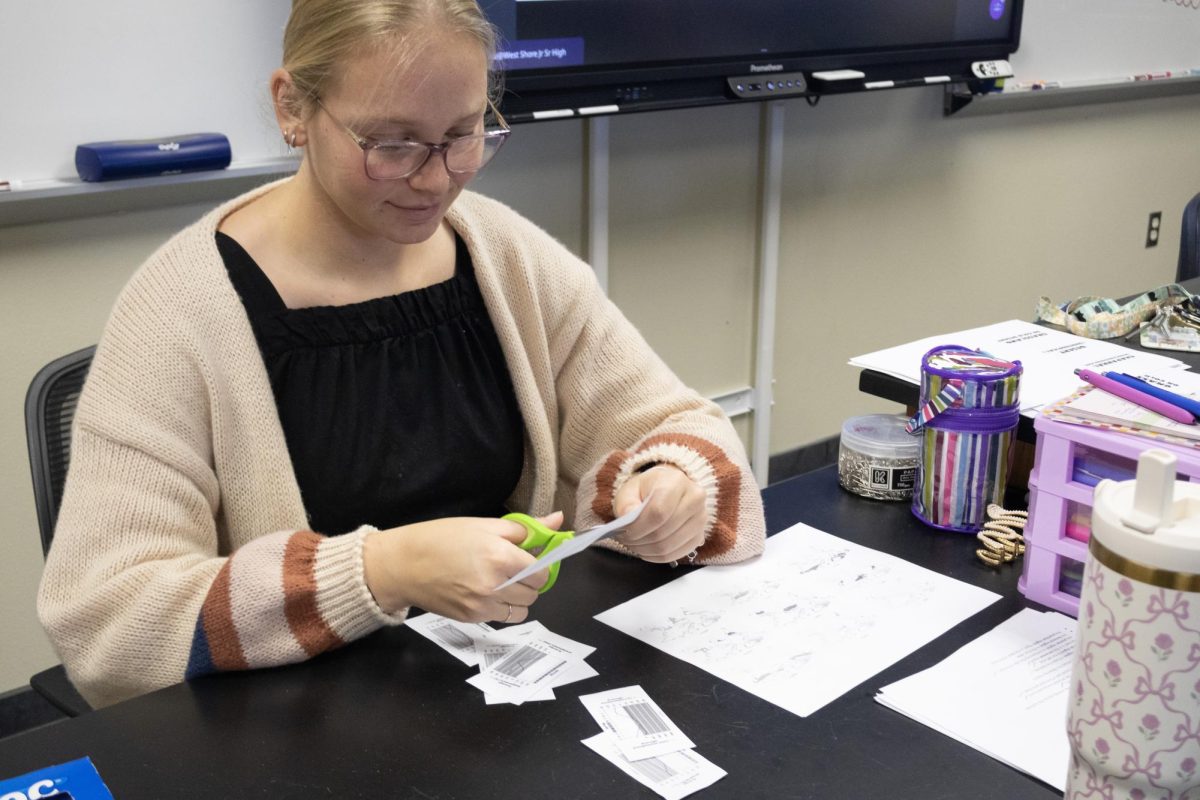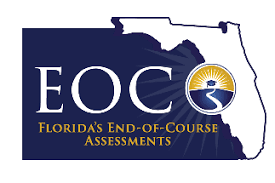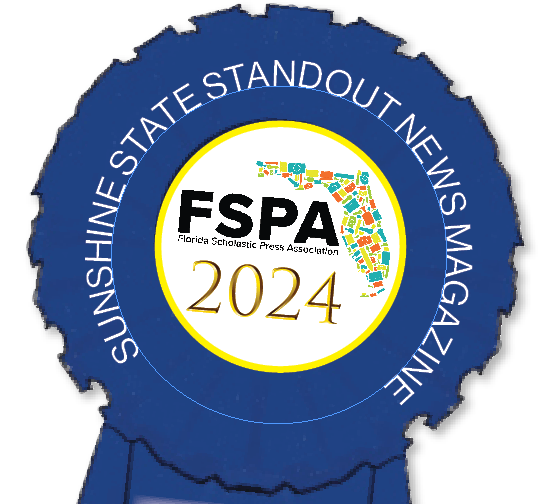The Florida Benchmarks for Excellent Student Thinking writing assessment will be administered to grades 7-10 on the morning of April 2. The B.E.S.T assessment was administered as a standalone field test to a representative sample last year; however, it was was not scored nor required intervention if a student performed poorly. This is the first year the computer-based assessment is being administered operationally. The assessment allots students two hours, and extra time if needed, to read texts and write one essay in response to the prompt.
“I’m not stressed at all about it, I’m just not excited to take it, as it’s really boring,” sophomore Hlla Waregh said. “It’s not a hard test, but it takes a lot of effort, which might be the hard part for some.”
The assessment is scored using a 12-point rubric. There are four domains, Purpose/Structure, Development and Language, each of which are worth four possible points.
The testing will take place two days after the end of spring break.
“I don’t mind it being after spring break since we’ll be like relaxed and ready instead of being overly stressed by deadlines and assignments,” Waregh said.
English teacher Adrienne Gent is reviewing the rubric with her students prior to the assessment. Similar practice was done in preparation for the F.A.S.T, which is administered to measure students’ skills in math and reading.
“We have been talking about the test and prepping all year, so the days before will just be reassuring them and giving simple test-taking strategies,” Gent said.
The test is administered throughout the school district and is designed to test students on their ability to analyze sources of information to construct an argumentative or informative essay.
“As teachers, we are not allowed to look at the test, so I cannot speak about the difficulty,” Gent said. “Looking at the score results, it doesn’t seem easy since it seems to be a pretty good reflection of students’ work I see in class.”
The assessment is administered in Florida and exists as a benchmark to monitor students’ writing level.
“Everything that you do in class throughout the year basically leads you so you’re prepared for the assessments at the end,” English teacher Tamara Reis said.
The assessment is scored using hybrid scoring, in which humans score a representative sample of writing that is used to train an automated scoring engine. This year, the results are to be combined with the English F.A.S.T to represent the overall ELA score. The B.E.S.T score will make up a smaller percentage of the overall score.
“They’re combined so even if someone messed up on one, it’s a very small portion compared to the [F.A.S.T assessment] to be honest,” Reis said.
By Amanda Madjid



![Sophomore Isabelle Gaudry walks through the metal detector, monitored by School Resource Officer Valerie Butler, on Aug. 13. “I think [the students have] been adjusting really well," Butler said. "We've had no issues, no snafus. Everything's been running smoothly, and we've been getting kids to class on time.”](https://westshoreroar.com/wp-content/uploads/2025/08/IMG_9979-1200x800.jpg)
































